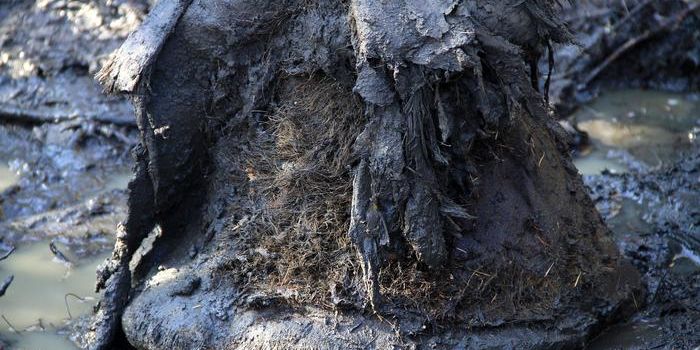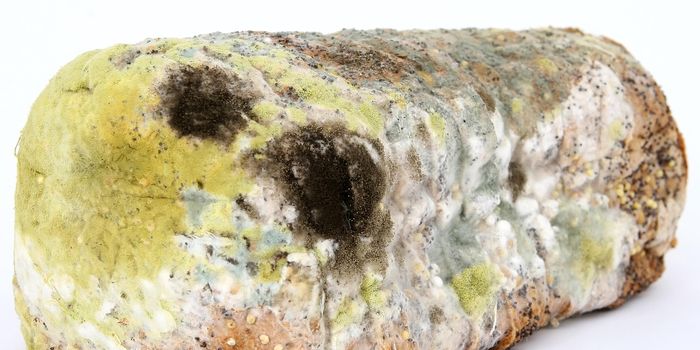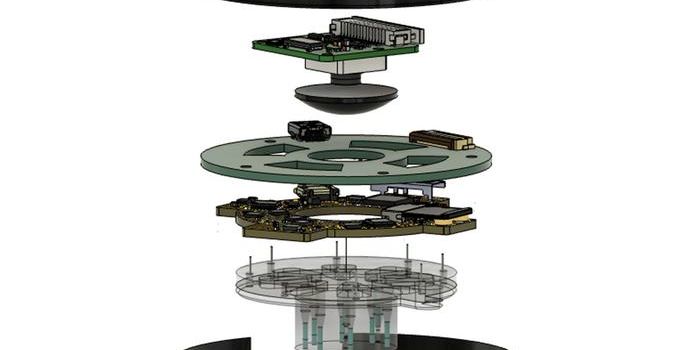Extinction of Ancient Grazing Species Caused an Increase in Global Fires
Extinction events have been common in Earth’s history. Over the last 450 million years, for example, there have been an estimated 6 mass extinction events. That includes the dinosaurs, which disappeared around 65 million years ago.
The Quaternary period (a more recent period from about 50,000 to 6,000 years ago) saw wide ranging extinctions of various large mammals, including the famed wooly mammoth and many ancient bison. Many factors have been attributed to these extinctions, including changes in climate and increased human activity.
A research team at Yale University have recently studied the effects of such extinctions on ecosystems overall, leading to interesting conclusions about wildfires and wildfire management. The study is published in Science.
Specifically, the research team explored the connection between the widespread extinction of these large mammals and their effects on overall ecosystems at the time, with a particular focus on how these extinctions affected wildfire rates. Working with the Utah Natural History Museum, researchers compiled a list of grazing animal extinctions around the globe, finding that South and North America lost a significant percentage of grazers during this period—with South America experiencing extinction rates up to 68%.
Researchers then compared these findings with charcoal records hidden in lake sediments from over 400 sites around the globe. They found that areas that had higher rates of extinction (e.g., North and South America) had evidence of much higher wildfire rates than regions of the globe that experienced lower extinction rates (e.g., Australia and Africa). Researchers speculate that the lack of grazing animals caused a build up of material (such as grass) that could have fueled more wildfires than usual.
Researchers believe findings from their study could help inform modern wildfire plans and management. Says senior author Carla Staver: “This work really highlights how important grazers may be for shaping fire activity. We need to pay close attention to these interactions if we want to accurately predict the future of fires.”
Sources: Eureka Alert!; Science; Natural History Museum








